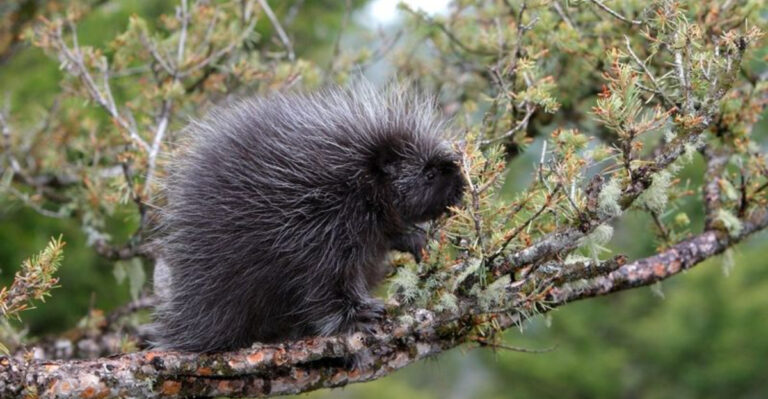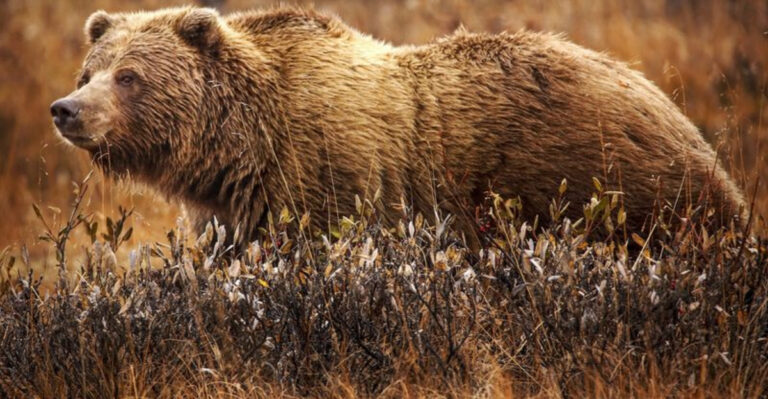Eyelash Viper Species Identified In Vietnam’s Limestone Habitat
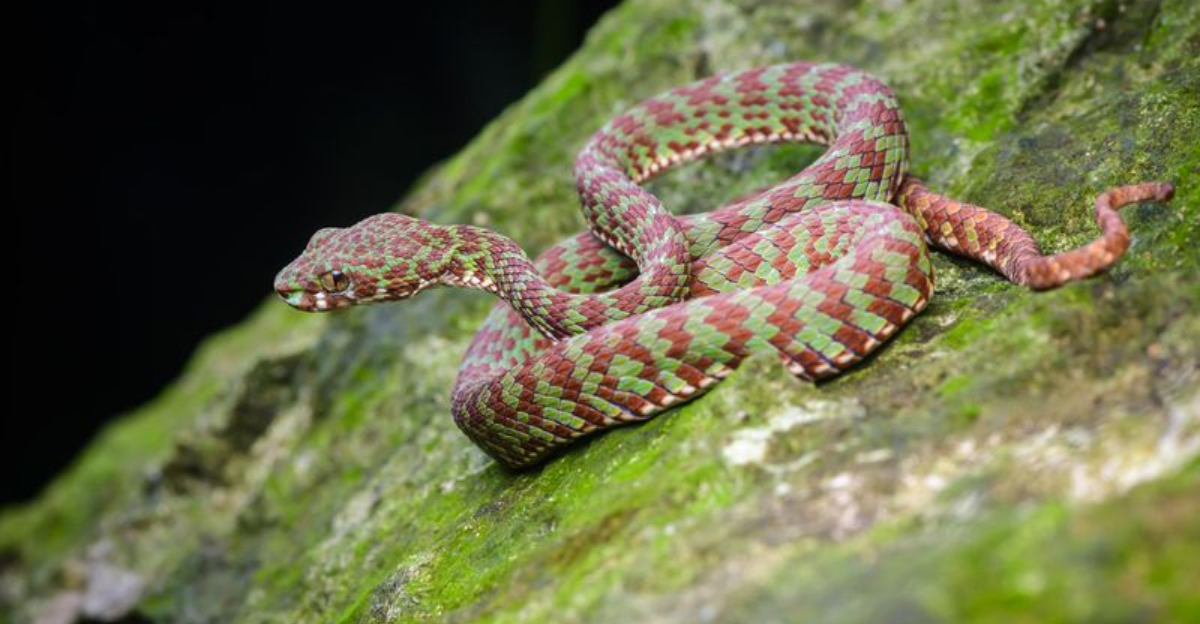
Hidden in Vietnam’s remote limestone forests, scientists have discovered a stunning new eyelash viper species. This bright green serpent, with its distinctive scaled eyes, represents an exciting addition to Southeast Asia’s rich reptile diversity.
The finding not only expands our understanding of these fascinating creatures but also highlights the urgent need to protect Vietnam’s threatened karst habitats.
1. Newly Discovered In Northern Vietnam
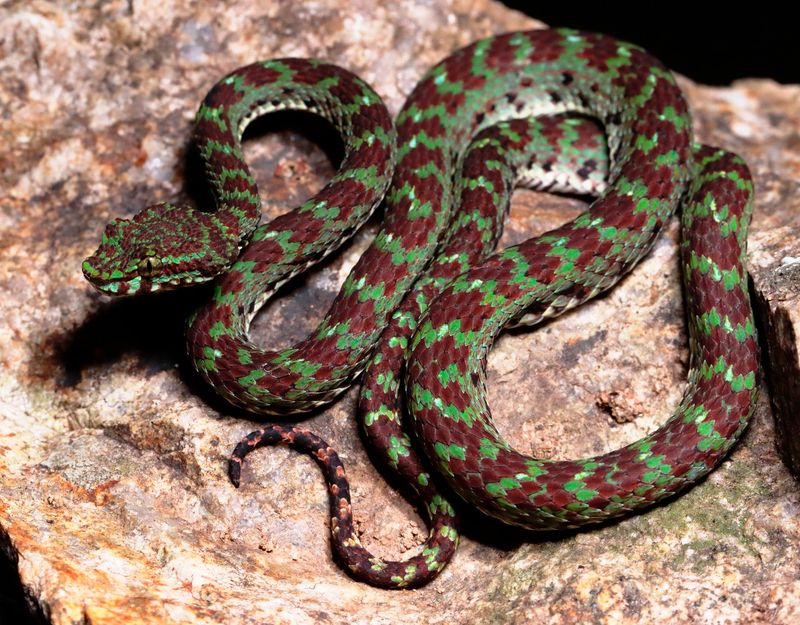
Like finding a needle in a haystack, this viper remained hidden until recently when researchers spotted it during expeditions in Vietnam’s northern provinces.
The remote location and challenging terrain kept this slithering gem secret for generations. Locals had whispered about green snakes in the mountains, but science has only now confirmed this distinct species.
2. Named Trimeresurus Ciliaris
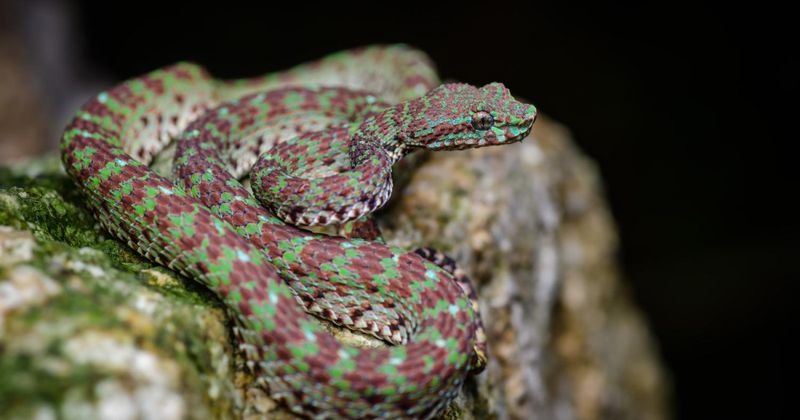
Wonder what’s in a name? Trimeresurus refers to the pit viper genus, while ‘ciliaris’ highlights those distinctive eyelash-like scales above the eyes.
Scientists chose this Latin designation to connect it with its closest relatives. Pronunciation might twist your tongue – try saying tri-mer-eh-SUR-us sil-ee-AR-is three times fast!
3. Found In Karst Limestone Forests
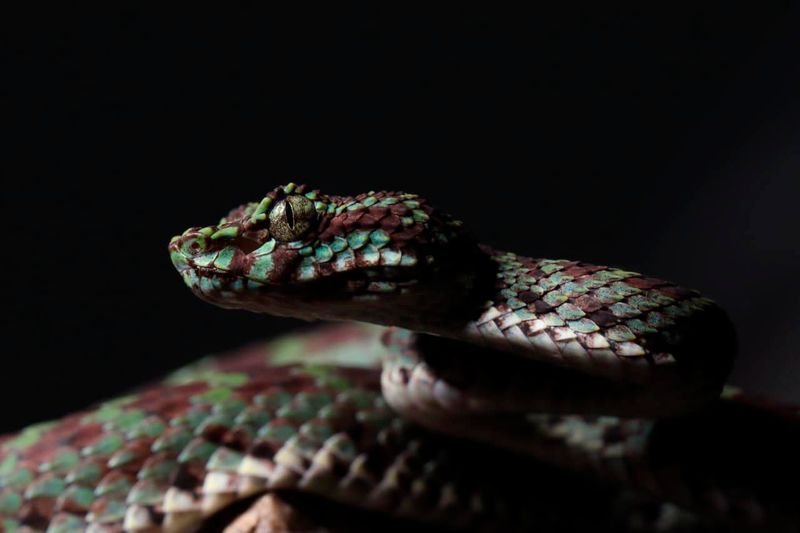
Imagine ancient stone towers draped in mist and vegetation – these dramatic karst formations create the perfect home for this elusive snake.
The limestone landscape offers countless hiding spots, from narrow crevices to tree branches overhanging small pools. These unique ecosystems, formed over millions of years, harbor numerous species found nowhere else on Earth.
4. Bright Green With Unique Markings
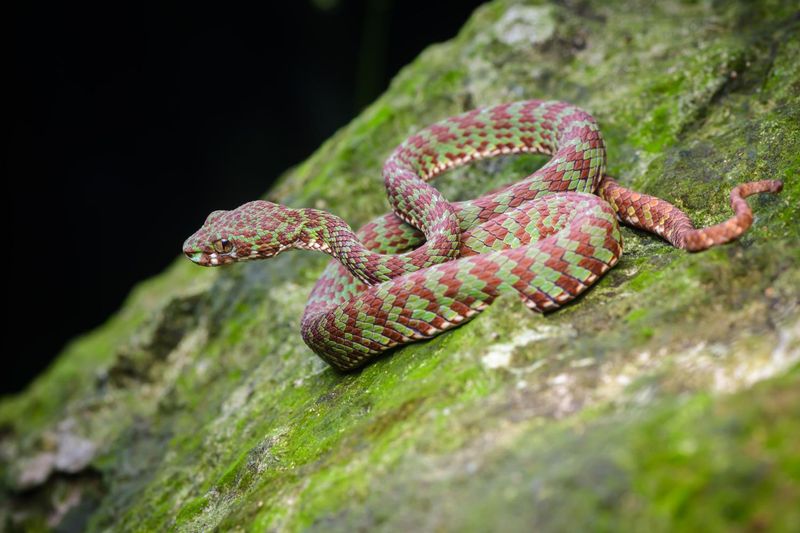
Mother Nature’s paintbrush gave this viper a brilliant emerald coat that blends perfectly with forest foliage.
A subtle pattern of lighter scales creates a textured appearance, while males sport a striking red or white stripe along their sides. The tail sometimes shows a rusty hue, adding another splash of color to this living jewel.
5. Likely Feeds On Frogs And Small Rodents
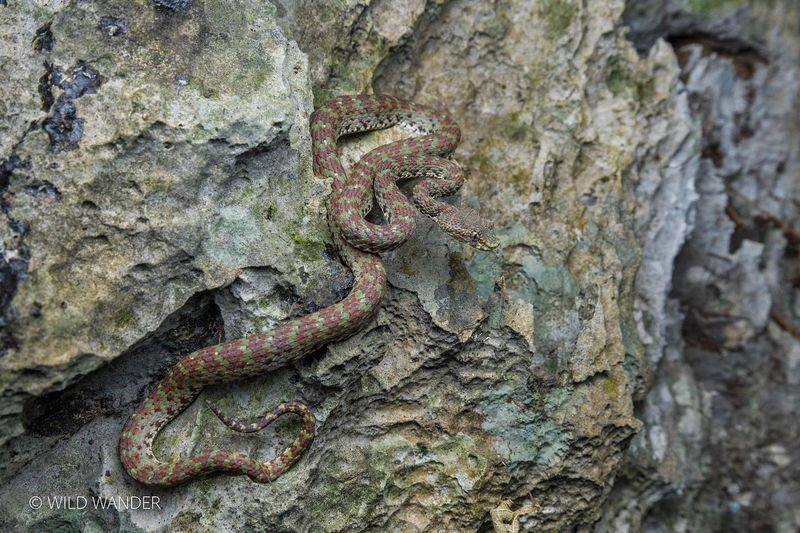
Dinner time usually means frogs, mice, or small birds for these hungry hunters. Researchers examining stomach contents found tree frogs topping the menu.
Small mammals that scurry through the undergrowth make perfect meals too. Unlike some snakes that chase prey, these vipers prefer the sit-and-wait approach, conserving energy between infrequent feedings.
6. Belongs To The Eyelash Viper Group
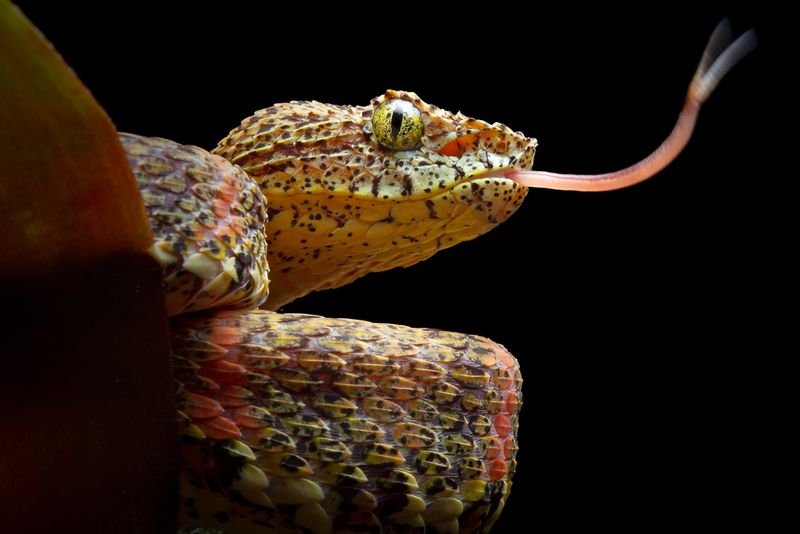
Family reunions would include colorful relatives from across Asia! This snake joins a distinguished lineage of eyelash vipers known for their modified scales above the eyes.
These specialized “eyelashes” may help shield their eyes from rain or provide camouflage among leafy perches. Genetic testing confirmed its place in this fascinating evolutionary branch of pit vipers.
7. Known For Its Distinct Eye Scales
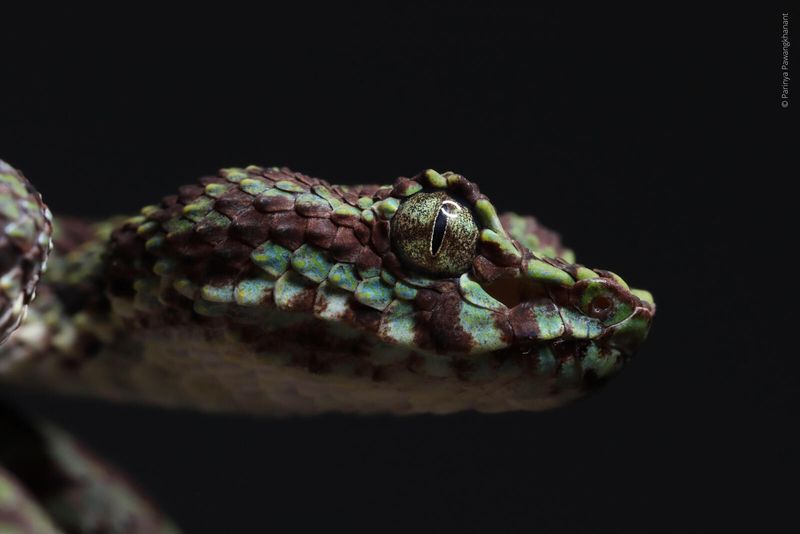
Those fancy “eyelashes” aren’t just for show! The modified scales above this viper’s eyes create a distinctive spiky appearance.
Unlike human eyelashes, these specialized scales might help shed rainwater or break up the snake’s outline when hunting. When viewed up close, they resemble tiny horns crowning the snake’s intense, vertical-pupil gaze.
8. Lives In Remote Mountainous Areas
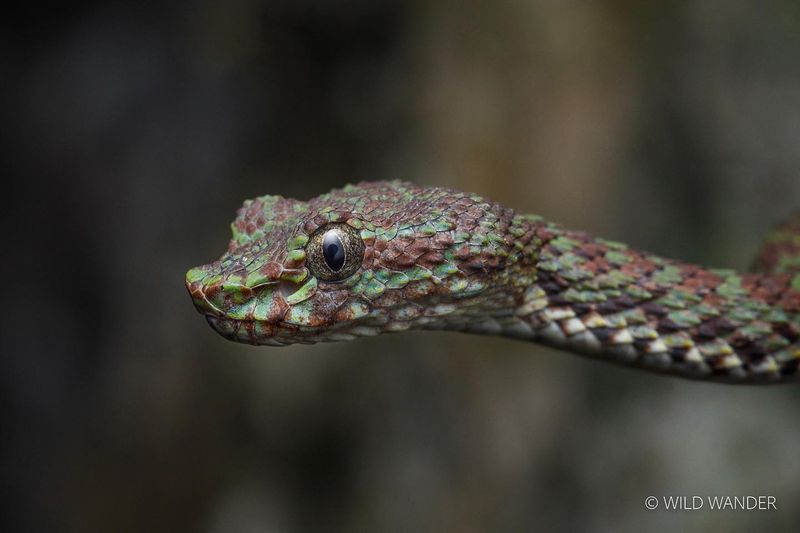
Far from human hustle and bustle, these snakes thrive in pristine forests rarely visited by people. Elevations between 800-1200 meters create their preferred climate zone.
Mist-shrouded peaks and secluded valleys provide natural isolation that has protected them for centuries. Researchers needed special permits and local guides just to reach their hidden domain.
9. Uses Camouflage To Avoid Predators
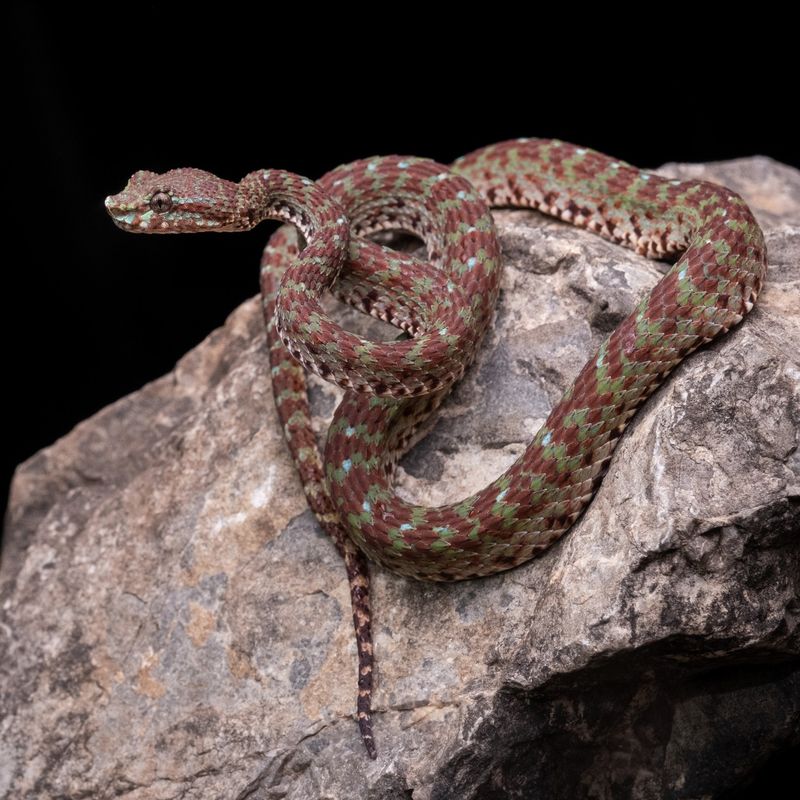
Playing hide-and-seek champion, this viper vanishes against leafy backgrounds! Its green scales match surrounding vegetation perfectly.
When motionless, even trained researchers struggle to spot them. Birds of prey and larger mammals would hunt these vipers if they could find them, but nature’s disguise keeps them safe while they wait for their own dinner.
10. Ambush Hunter That Strikes Fast
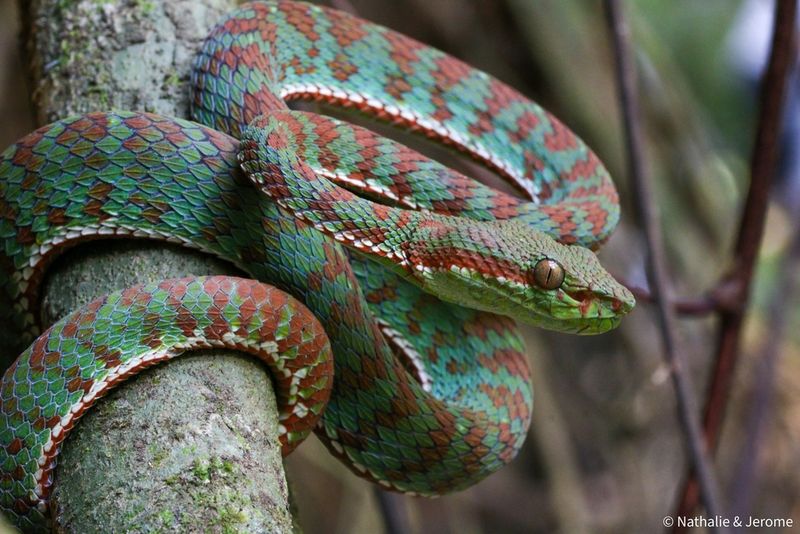
Patient as a statue, deadly as lightning—this viper waits motionless for hours until prey wanders close. Then WHAM! It strikes faster than you can blink.
Heat-sensing pits on its face detect warm-blooded meals even in darkness. The fangs fold flat against the roof of its mouth when not in use, extending only for that split-second attack.
11. Discovery Highlights Rich Biodiversity
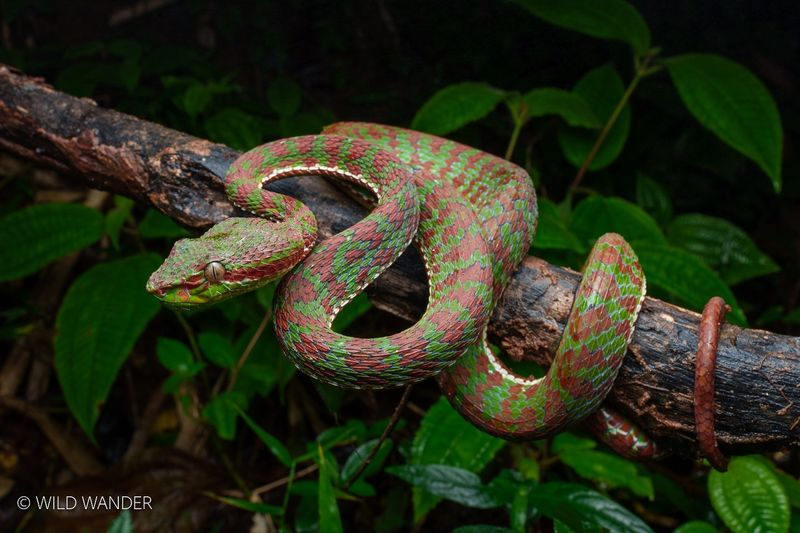
Who knew Vietnam had so many scaly secrets? This viper joins over 200 snake species already known from the country.
New discoveries happen regularly in these biodiversity hotspots. Just in the past decade, scientists have identified dozens of previously unknown reptiles and amphibians in Vietnam’s forests, suggesting many more species await discovery before habitat loss claims them forever.
12. Habitat Faces Deforestation Threats
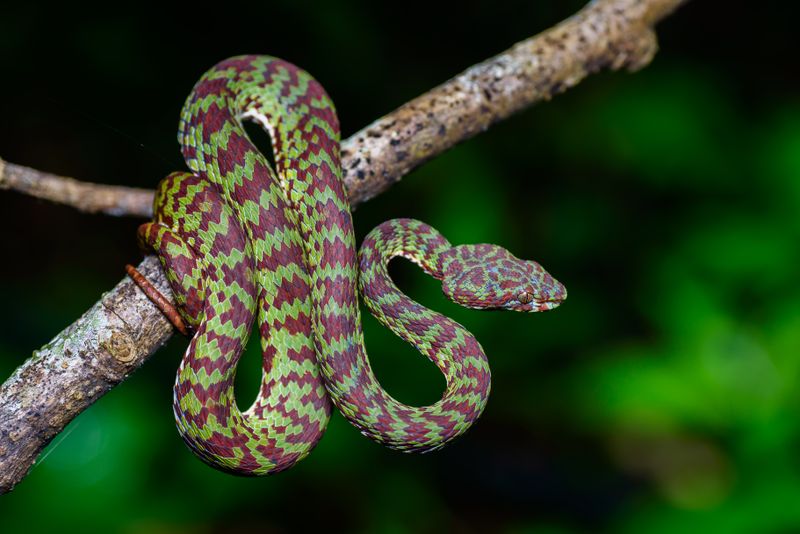
Chainsaws and bulldozers pose the greatest danger to these snakes as limestone quarrying and logging shrink their forest home. Agricultural expansion pushes deeper into once-pristine habitats.
Climate change adds another threat, potentially altering the delicate balance of their ecosystem. Without immediate conservation efforts, this newly discovered species could vanish before we fully understand it.
13. Adds To Vietnam’s Growing Snake List
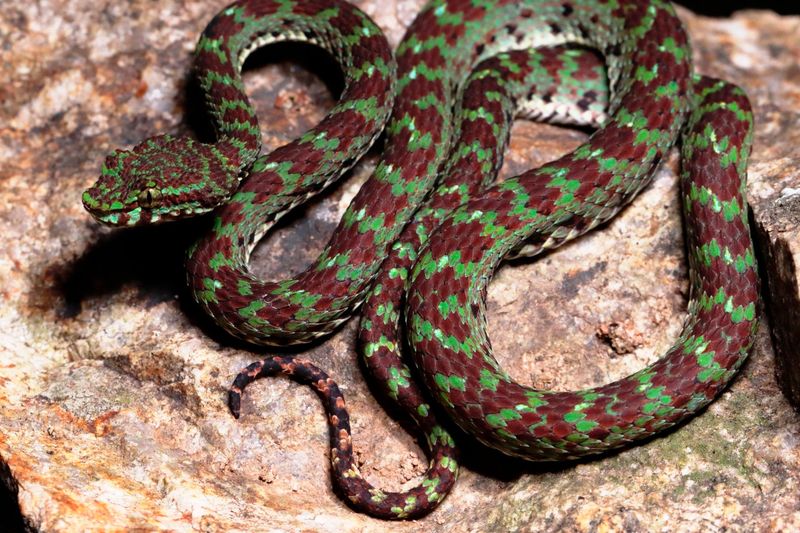
Vietnam’s reptile roster keeps expanding! With over 200 snake species already documented, this new addition confirms the country as a herpetological treasure trove.
Neighboring countries like Thailand and China share similar species, but Vietnam’s unique geography creates special conditions for snake evolution. Researchers predict at least 20 more undiscovered snake species may still lurk in remote regions.




